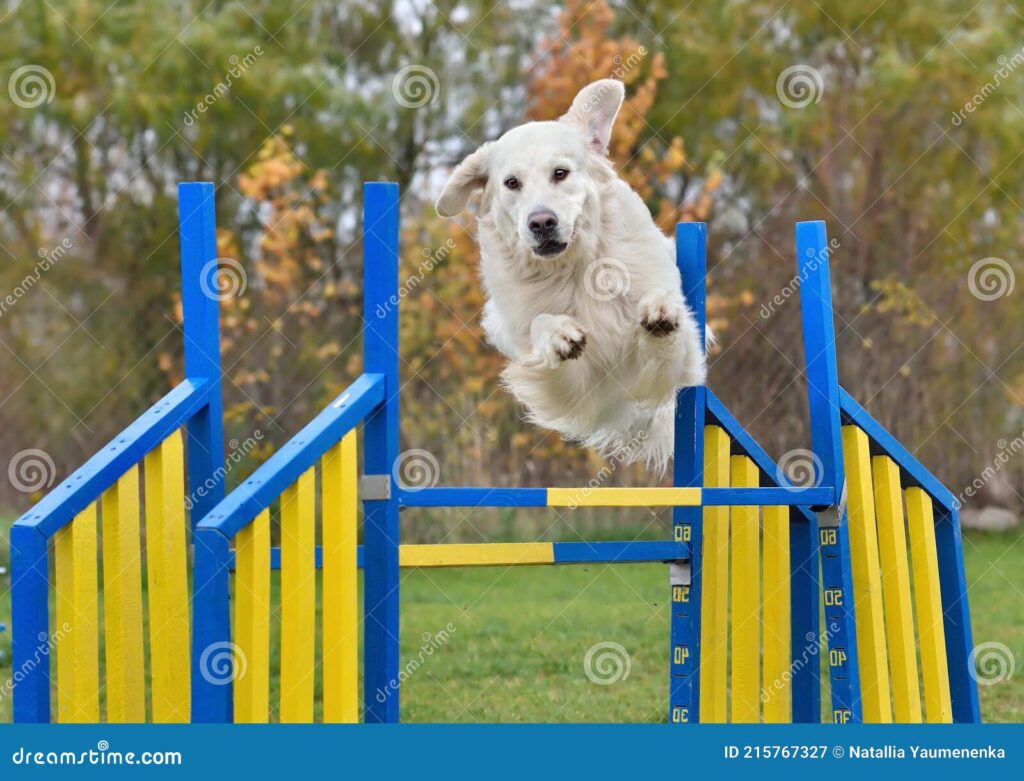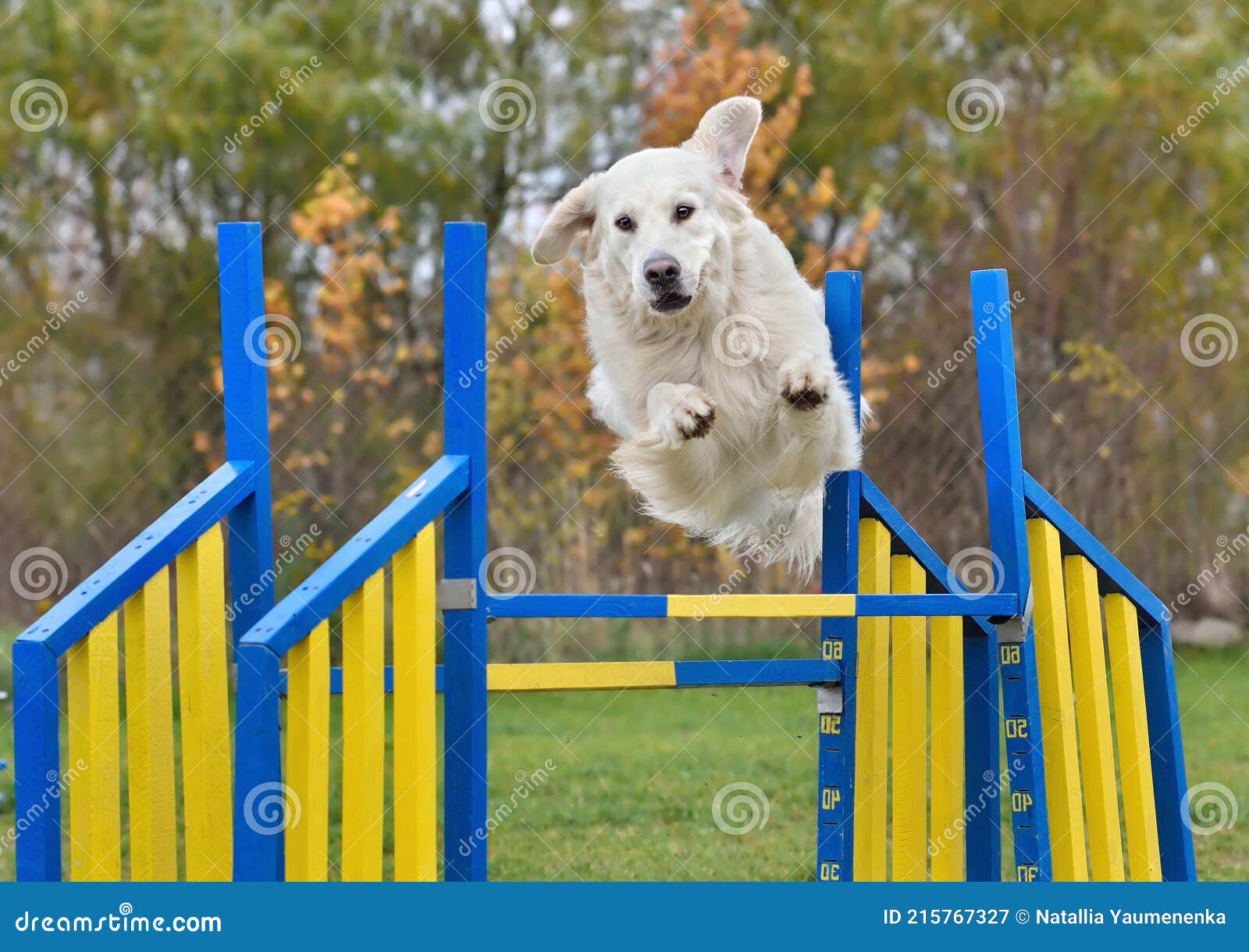
Dog Jumping Fence? Is a Harness the Solution?
Discovering your dog has a penchant for leaping over fences can be alarming. It raises concerns about their safety, potential escapes, and neighborhood disruptions. While the immediate reaction might be to consider a harness as a preventative measure, understanding the underlying reasons for this behavior and exploring various solutions is crucial. This article delves into why dogs jump fences, whether a dog jumping fence harness is a viable option, and what alternative strategies can be implemented to keep your canine companion safe and secure.
Understanding Why Dogs Jump Fences
Before resorting to a dog jumping fence harness, it’s essential to understand the root cause of the behavior. Dogs don’t typically jump fences without a reason. Common motivations include:
- Boredom and Lack of Exercise: A dog with pent-up energy is more likely to seek outlets, and jumping the fence can become an exciting adventure.
- Separation Anxiety: If your dog becomes anxious when left alone, they may attempt to escape to find you.
- Territoriality: Dogs may jump the fence to protect their territory from perceived threats, such as other animals or people passing by.
- Curiosity: An intriguing sight or scent outside the fence can entice a dog to investigate.
- Inadequate Socialization: A dog that hasn’t been properly socialized may be fearful or reactive to unfamiliar stimuli, leading to escape attempts.
- Prey Drive: Some breeds have a strong prey drive and may jump the fence to chase squirrels, birds, or other small animals.
Is a Dog Jumping Fence Harness the Right Choice?
The short answer is: a dog jumping fence harness is generally not a recommended solution for preventing fence jumping. While harnesses are excellent tools for walking, training, and providing support for dogs with mobility issues, they are not designed to deter jumping. In fact, using a harness to restrain a dog that is actively jumping can be dangerous for several reasons:
- Risk of Injury: Suddenly jerking on a harness while a dog is in mid-air can cause serious neck, back, or shoulder injuries.
- Ineffectiveness: A determined dog can still jump with a harness on, potentially pulling the owner over or breaking free.
- False Sense of Security: Relying solely on a harness can create a false sense of security, leading to neglect of other important preventative measures.
A harness is meant to distribute pressure evenly across the dog’s chest, making it a comfortable and safe way to manage them on a leash. However, it doesn’t address the underlying reasons for the jumping behavior. Addressing those reasons is far more effective and humane than simply trying to physically restrain your dog.
Effective Alternatives to a Dog Jumping Fence Harness
Instead of relying on a dog jumping fence harness, consider these effective and humane alternatives:
Increase Exercise and Mental Stimulation
A tired dog is a good dog. Ensure your dog gets plenty of physical exercise through daily walks, runs, or play sessions. Provide mental stimulation with puzzle toys, training exercises, and interactive games. A bored dog is more likely to find ways to entertain themselves, including jumping the fence. Increased activity often reduces the desire to escape.
Improve the Fence
Evaluate your fence for weaknesses or areas where your dog can easily jump. Consider these improvements:
- Increase the Height: Adding height to the fence can make it more challenging for your dog to jump. Consider adding extensions or installing a taller fence altogether.
- Install an Overhang: An overhang, such as chicken wire or netting angled inward at the top of the fence, can deter jumping.
- Reinforce the Base: Digging is another common escape tactic. Bury chicken wire or hardware cloth along the base of the fence to prevent digging.
- Remove Climbing Aids: Ensure there are no objects near the fence that your dog can use as a springboard, such as sheds, trees, or piles of debris.
Behavioral Training
Professional dog training can address the underlying causes of fence jumping. A qualified trainer can help you teach your dog alternative behaviors, such as staying in the yard or coming when called. They can also help address anxiety or fear that may be contributing to the problem. Positive reinforcement techniques are particularly effective. Consider enrolling your dog in an obedience class or working with a private trainer.
Address Separation Anxiety
If separation anxiety is the culprit, consult with a veterinarian or certified dog behaviorist. They can recommend strategies to reduce your dog’s anxiety, such as crate training, desensitization exercises, or medication. Never punish a dog for escaping due to separation anxiety, as this will only worsen the problem. [See also: Treating Separation Anxiety in Dogs]
Supervision and Management
Whenever your dog is in the yard, supervise them closely. This allows you to intervene if they show signs of wanting to jump the fence. If you can’t supervise your dog, consider keeping them indoors or in a secure kennel. Consistent supervision is key to preventing escape attempts.
Consider an Invisible Fence (With Caution)
Invisible fences, also known as electric fences, use a buried wire to create a boundary. When the dog approaches the boundary, they receive a mild electric shock. While these fences can be effective, they are not without controversy. Some dogs learn to tolerate the shock, while others may become fearful or anxious. If you choose to use an invisible fence, it’s crucial to train your dog properly and supervise them closely. Furthermore, invisible fences don’t prevent other animals or people from entering your yard. A physical fence is generally a more secure option. Remember, the goal is to keep your dog safe and secure, and an invisible fence might not be the best choice for every dog.
Enrichment and Play
A yard filled with engaging activities can make staying inside the fence more appealing. Consider these enrichment options:
- Digging Pit: Create a designated digging area in your yard where your dog is allowed to dig.
- Puzzle Toys: Provide puzzle toys that dispense treats or kibble.
- Agility Equipment: Set up a mini agility course for your dog to navigate.
- Regular Play Sessions: Engage in regular play sessions with your dog, such as fetch or tug-of-war.
The Importance of a Secure Environment
Ultimately, preventing your dog from jumping the fence requires a multi-faceted approach. While a dog jumping fence harness might seem like a quick fix, it’s not a safe or effective solution. By understanding the reasons behind your dog’s behavior, improving the fence, providing adequate exercise and mental stimulation, and implementing consistent training, you can create a secure and enriching environment for your furry friend. Always prioritize your dog’s safety and well-being, and consult with a veterinarian or certified dog behaviorist if you have concerns.
Remember that a happy, well-adjusted dog is less likely to seek out opportunities to escape. By focusing on meeting your dog’s physical and emotional needs, you can significantly reduce the risk of fence jumping and ensure their safety and happiness.
Before considering any drastic measures, take the time to understand your dog’s individual needs and motivations. A little patience and effort can go a long way in preventing unwanted behaviors and strengthening the bond between you and your canine companion. A dog jumping fence harness might seem like a simple solution, but the best approach is always one that addresses the root cause of the problem in a safe and humane way.
This article is intended for informational purposes only and does not constitute veterinary advice. Always consult with a qualified professional for any health concerns or before making any decisions related to your pet’s health or treatment.

